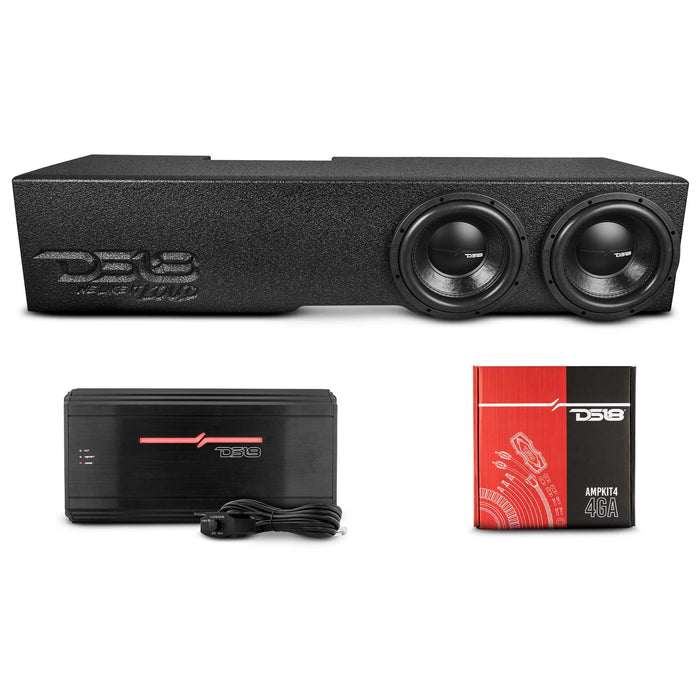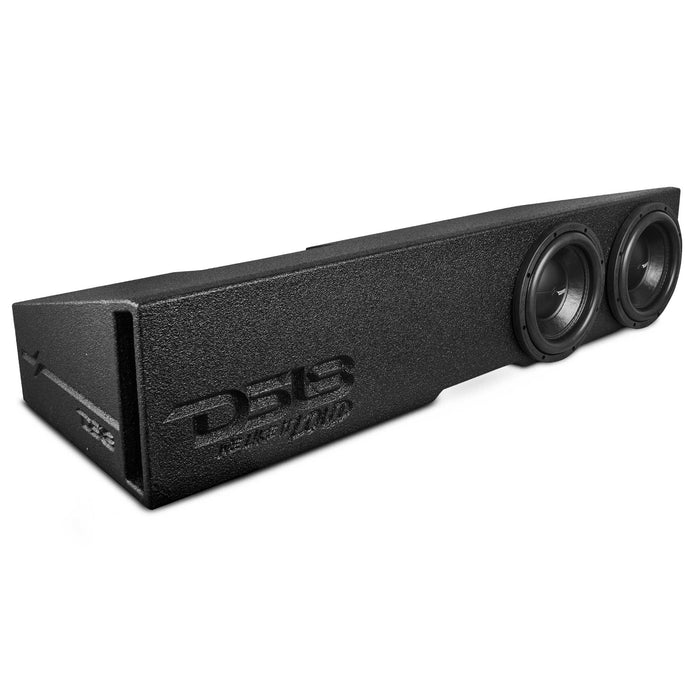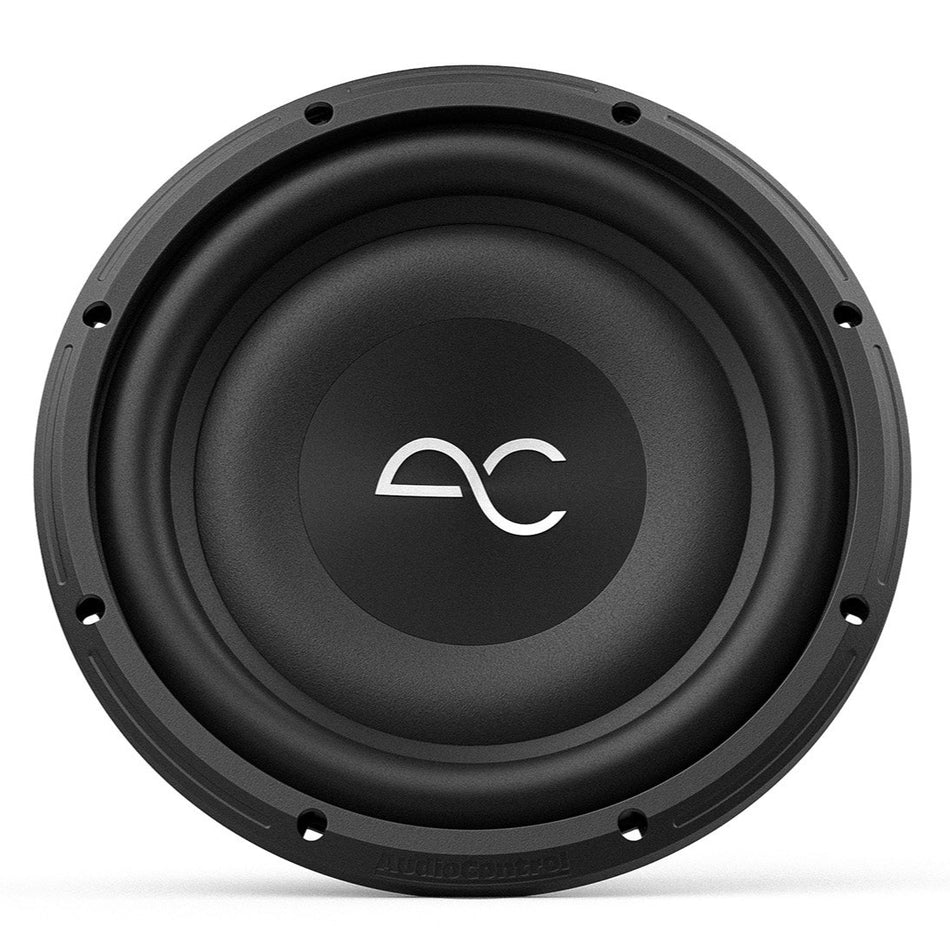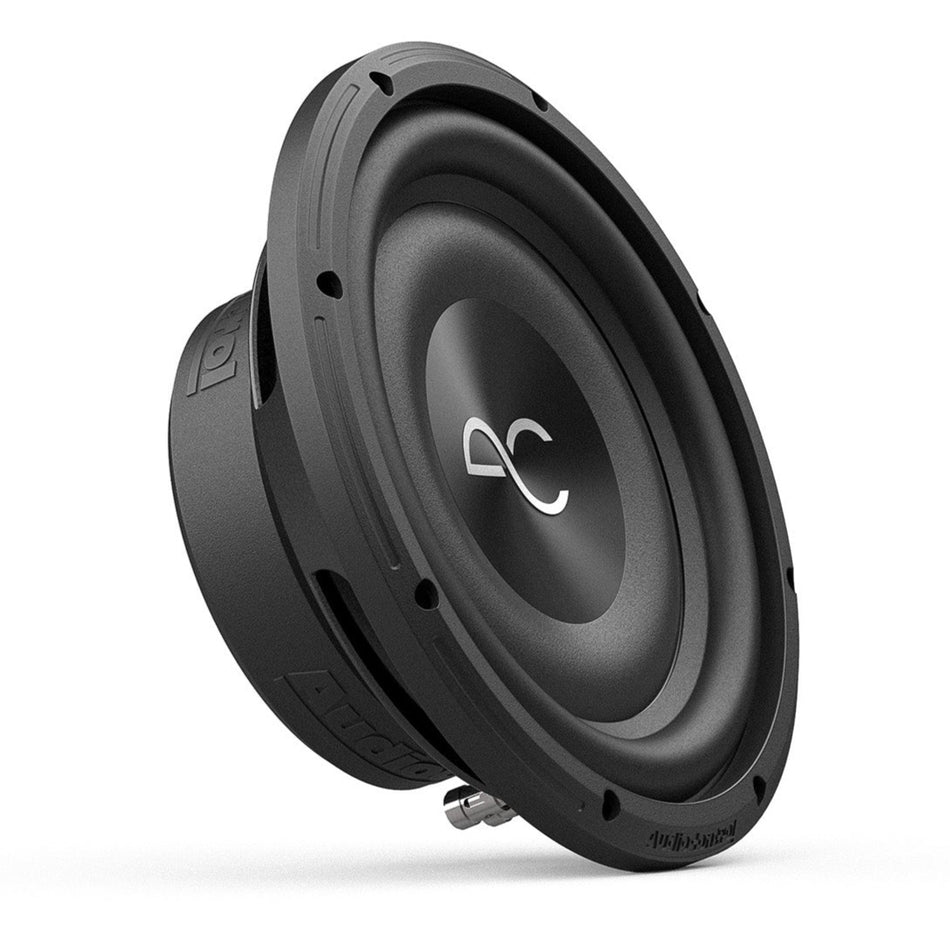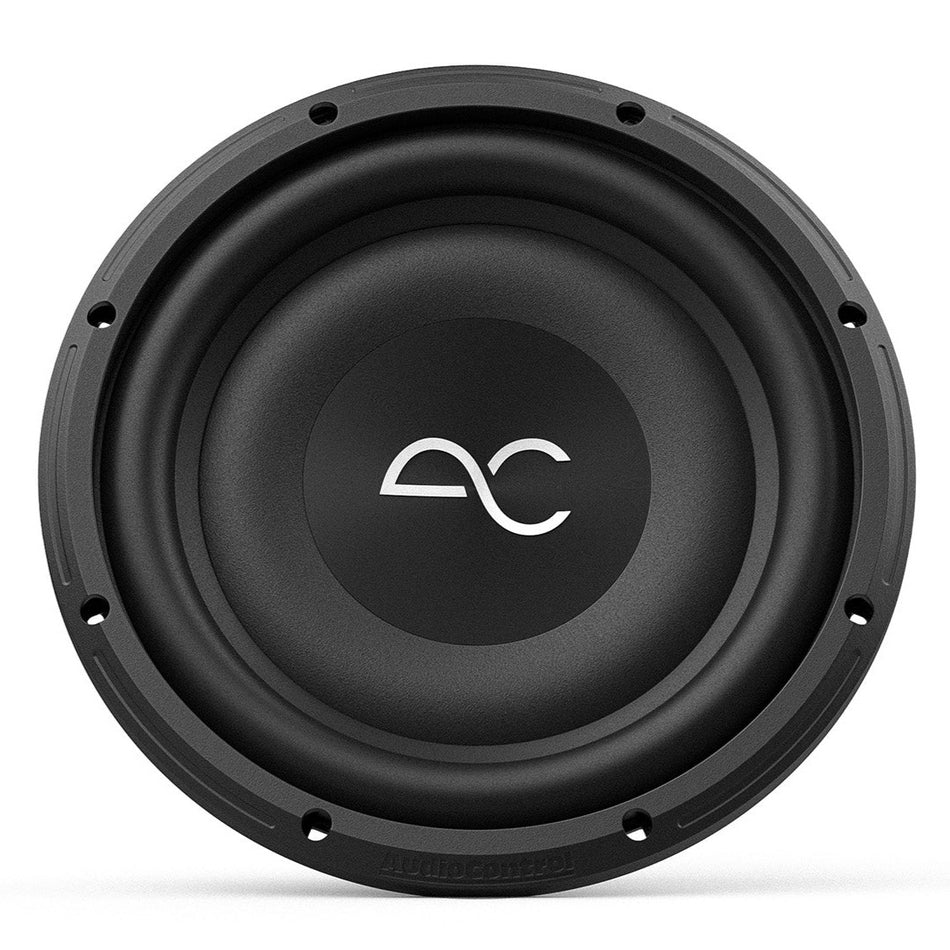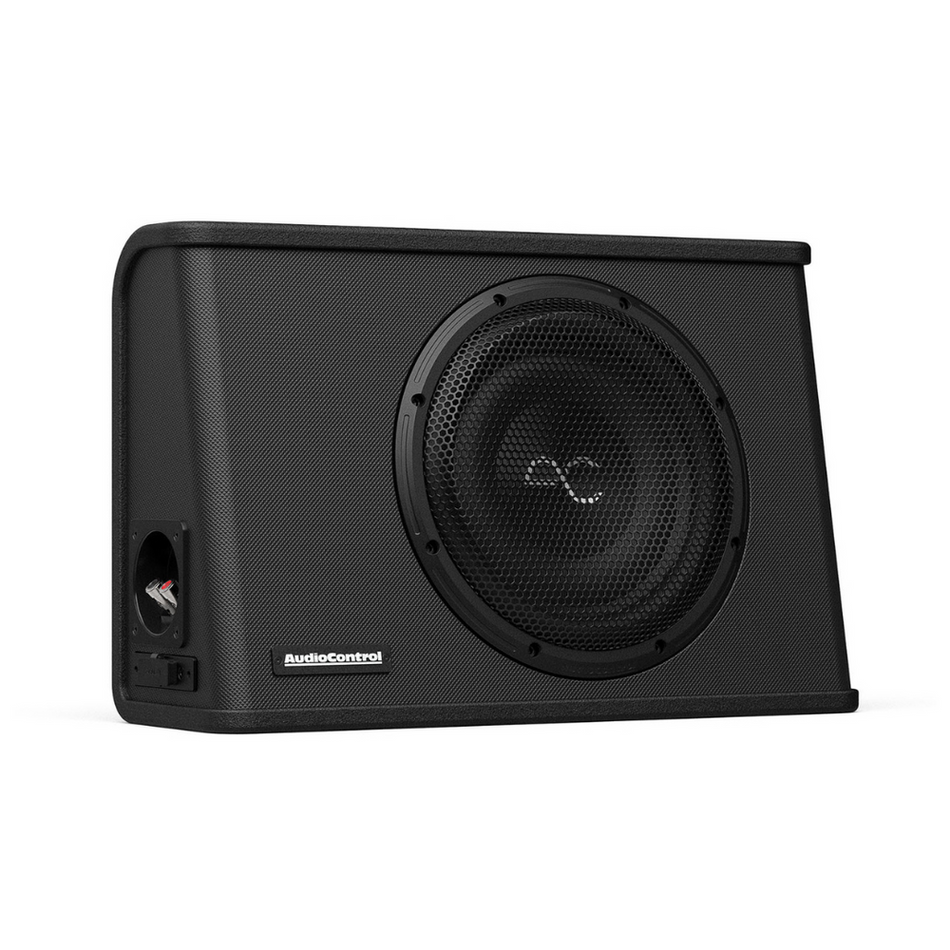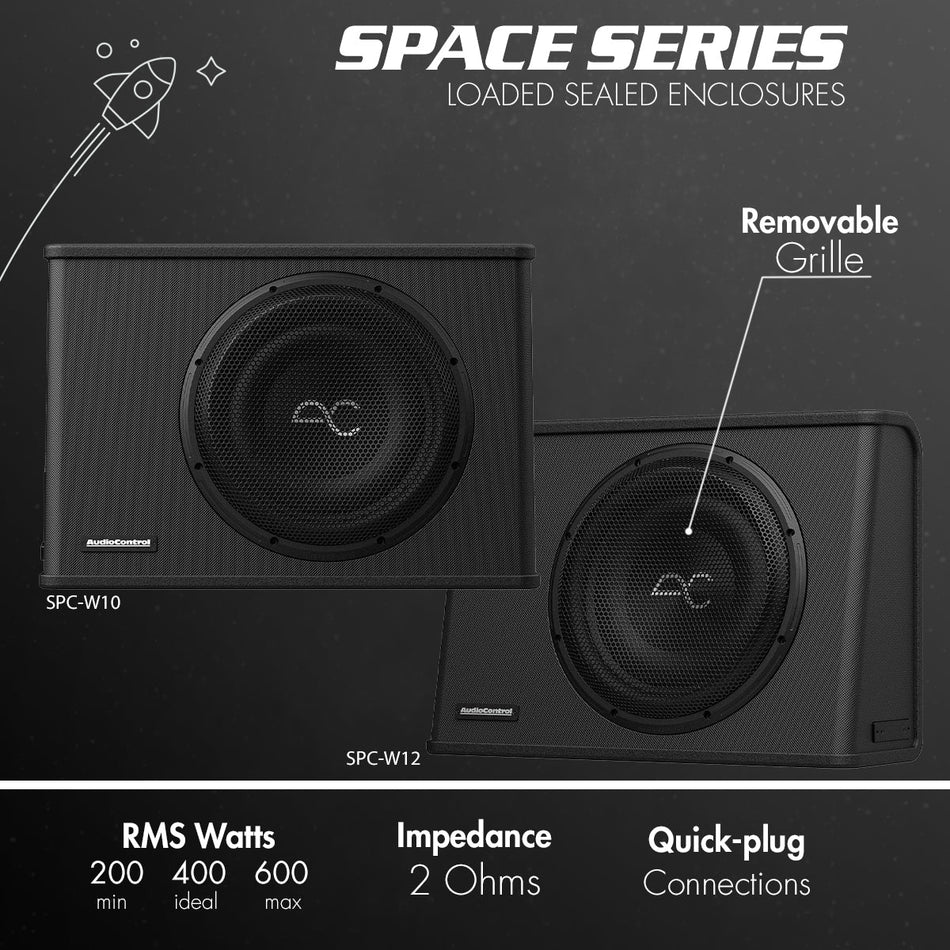Good subwoofers do more than rattle your windows, they will feel your system breathe with the kind of rounded full body sound you have never heard. But when something’s off, it is not necessarily a problem of the brand or the box, it may very well be that you are just using the wrong subwoofer with your setup.
If the subwoofer, amplifier, enclosure, and vehicle aren’t properly matched, you may end up with thin bass, distortion, and even permanent damage. Should the bass you’re hearing fall short of expectations, the culprit might not be the installation; it could be the sub itself.
1. Your Bass Sounds Muddy or Sloppy
It has bass, and then there is good bass. When you have a system that gives you very boomy, indistinct low-end that lacks punch and detail, it is likely a typical indication that your subwoofer is not aligned with your enclosure, or your amplification.
Why it happens:
-
The sub may be in the wrong type of enclosure (e.g., sealed vs. ported)
-
You might be overpowering or under powering the sub
-
The sub’s frequency response doesn’t match your vehicle acoustics
What to do:
Begin with box specifications. Each subwoofer is made to operate in a volume of air space. Incorrect placement of a sub in an enclosure results in little control of the cone travel, muddy sound, and premature destruction.
This is where knowing how subwoofers work really pays off. They rely on the balance between air pressure, amplifier signal, and mechanical design—mess that up, and your low-end turns to mush.
2. Your Amp Keeps Going into Protect Mode
If your amplifier shuts down during bass hits, the issue might not be the amp—it could be the wrong subwoofer impedance or power handling.
Common mistakes:
-
Running a dual 2-ohm sub wired to 1 ohm on an amp that isn’t 1-ohm stable
-
Using a sub with an RMS rating far above or below your amp’s output
-
Mismatched gain settings causing clipping
How this connects:
This type of subwoofer troubleshooting usually uncovers a system mismatch. Amplifiers are designed to deliver power within specific electrical resistance levels (ohms). A subwoofer with the wrong configuration can cause thermal overload, distortion, or immediate shutdown.
3. You're Not Feeling the Bass Inside the Car
Your large sub is in place, the wires are nice and neat, and there is something significant coming out of the system but you just are not experiencing that bass that you thought you would. This could imply the subwoofer is not fitting to your cars cabin or build design.
Clues this is happening:
-
Sub sounds louder outside than inside
-
Minimal seat or floor vibration, even at high volume
-
Rear deck or trunk area seems acoustically disconnected
Root cause:
Different subs perform better in different environments. A sub designed for SUV or open hatch space won’t sound the same in a sealed sedan trunk. If your sub can’t acoustically couple with the cabin, a lot of its output ends up outside the car instead of inside it.
This is why what a subwoofer does isn’t just about output—it’s about how that output interacts with your vehicle’s structure.
4. Your Subwoofer Distorts at Moderate Volume
Distortion isn’t always about poor wiring, or wrong amp. If your sub starts distorting too early - even correctly installed it might be the right size or design for the frequency you are pushing it.
Example:
Trying to force an 8" shallow subwoofer to play 30Hz bass with high volume—it’s not built for that.
Potential issues:
-
Sub can’t handle low-end frequencies you're demanding
-
The excursion (movement) limits are being pushed too far
-
The box tuning is off, leading to mechanical strain
A good sub matches your musical preferences. If you’re playing deep bass-heavy music but running a sub designed for tight punch (like many sealed 10s or 8s), distortion is inevitable. The result? Sub sounds stressed, even when you're not pushing it hard.
5. The Sub is Loud—but Doesn’t Blend with the Rest of the System
Not every sign of a wrong subwoofer is obvious. Sometimes the bass is loud, the system seems clean—but something feels off. That’s usually when your sub overpowers the mids and highs, throwing off the entire balance of your soundstage.
What to listen for:
-
Vocals seem buried
-
Instruments lack clarity
-
You constantly adjust the bass level depending on the song
Likely reason:
You might have a speaker system that doesn’t apply to use and the sub is too large or too strong. Driving a subwoofer with a low-powered front stage or a subwoofer of a different tonal signature is unbalanced.
It is here that subwoofer troubleshooting is not so much technical as it is about tuning and tonal synergy. To do it right means tuning your sub in line with your end game SQ or SPL wise.
Quick Checklist: Is Your Sub the Wrong Fit?
Use this short guide to assess if your subwoofer might be mismatched:
|
Symptom |
Possible Cause |
|---|---|
|
Bass sounds muddy |
Wrong box type or size |
|
Amp goes into protect mode |
Impedance mismatch or incorrect wiring |
|
Weak bass inside car |
Poor acoustic coupling with cabin |
|
Sub distorts early |
Overdriven, undersized, or wrong frequency range |
|
Bass overpowers mids/highs |
Imbalanced system or mismatched sound signature |
Understanding What a Subwoofer Really Does
The role of a subwoofer is to extend your frequency range- to deal with the lows, that standard speaker are not capable of reproducing. However, it can do so well only when it is matched on power, enclosure and acoustics to your system.
And naturally you get the urge to chuck in the biggest sub you can possibly afford but, in the smart builders wisdom, it is not about size but synergy.
Fixing the Problem Without Starting Over
When you feel that your subwoofer does not belong among the rest it does not mean you should completely do away with your system altogether. Sometimes it is a case of small changes:
-
Rewire your sub to a proper ohm load
-
Switch to a better-fitting enclosure (sealed vs ported)
-
Re-tune gain and crossover settings
-
Upgrade the supporting gear (amp, mids, or sound deadening)
And if you are starting from scratch? Begin by thinking about exactly what you want for your car - not just what kind of music you like, but how you want that music to make you feel inside your car.
No Guesswork, Just Smart Sound Choices
Selecting a correct subwoofer is a sort of a science and an individual preference. However, when whatever you have currently mounted in place is not sounding right, then likely, it is more than just a tuning problem, perhaps you have the wrong sub. You must listen, you must match and you must work your system as one - not as an assortment of parts.
Real bass does not only sound correct, it feels correct. And when your sub is paired properly you can second-guess nothing.


